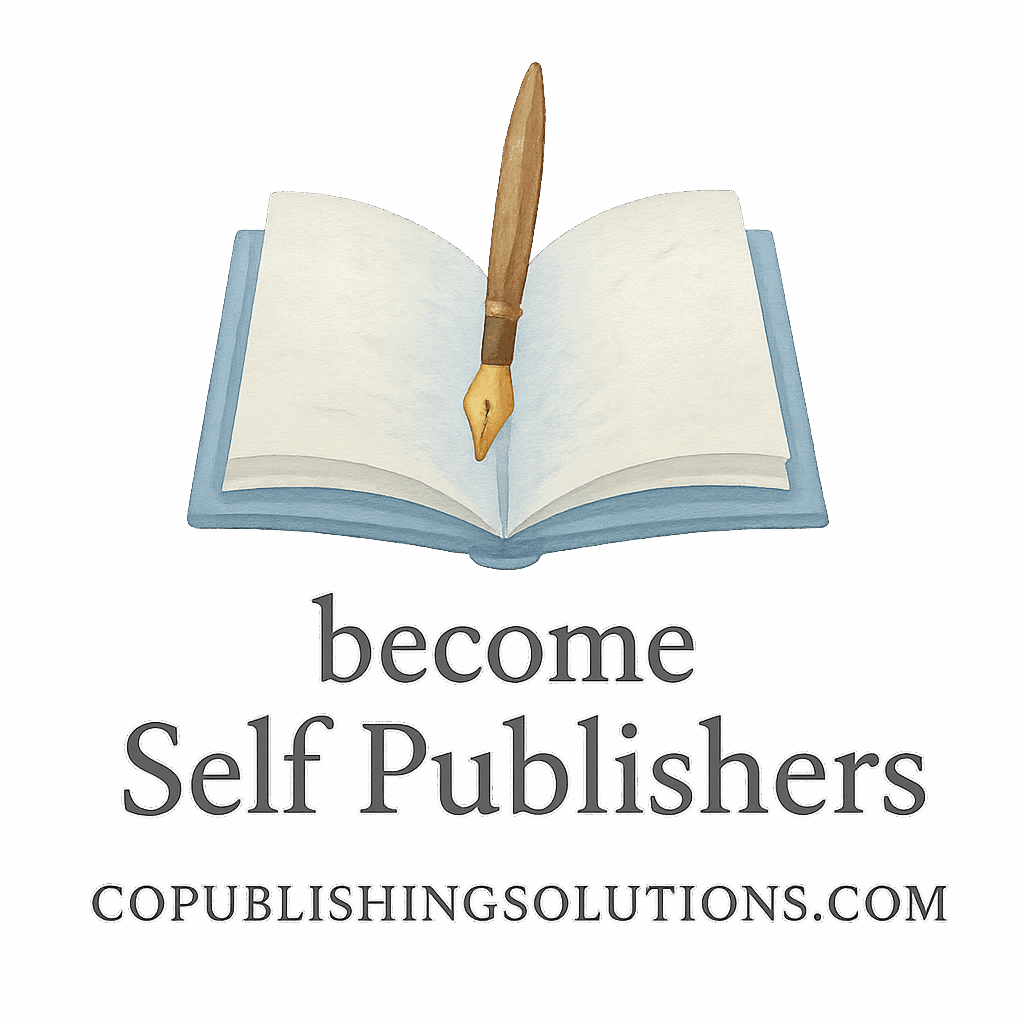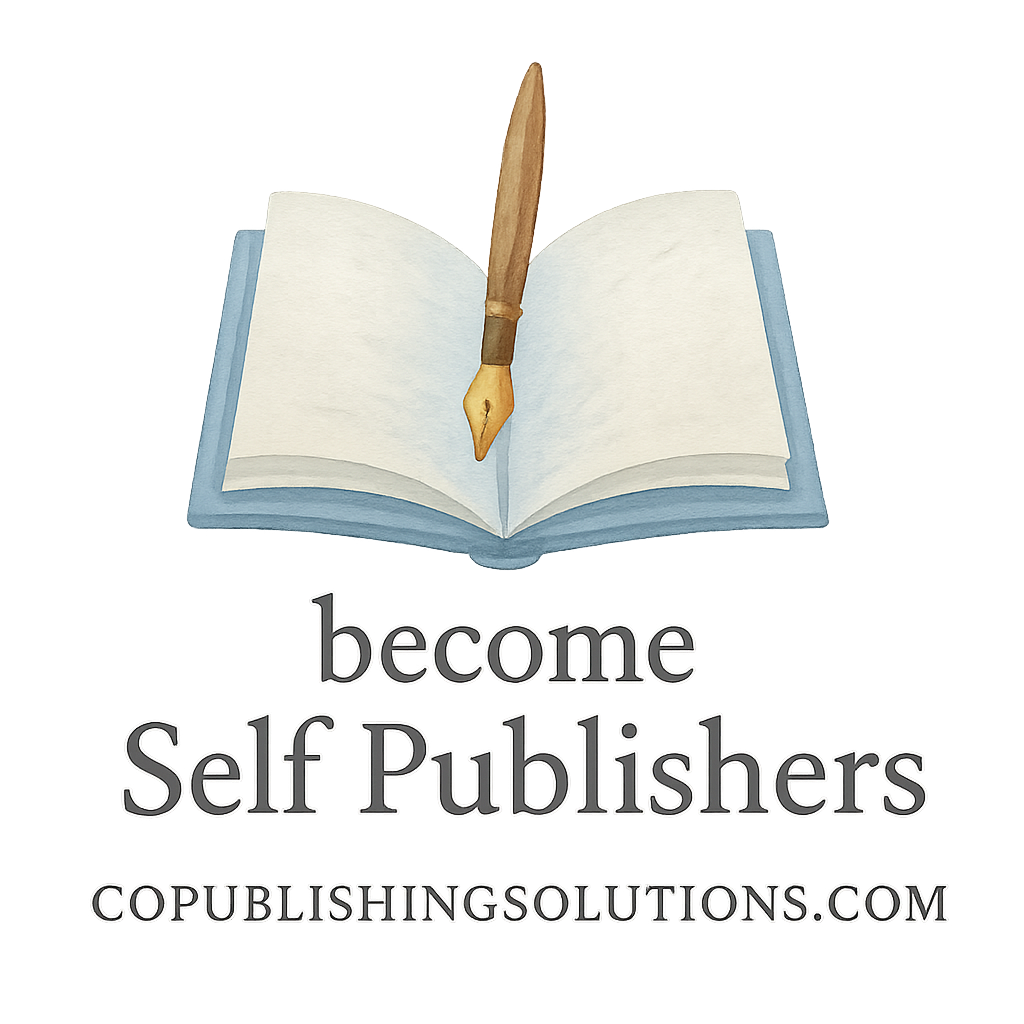Let’s face it—writing a book without a plan is like building a house without blueprints. Sure, you might get somewhere eventually, but it’s going to be messy. That’s where chapter outline techniques come in. They’re not just for organizing your thoughts—they’re essential for publishing success.
Whether you’re a new writer or a seasoned author looking to level up, these five techniques will seriously boost your publishing quality and keep your readers coming back for more.
Why Chapter Outlines Matter in Publishing
The Connection Between Structure and Reader Engagement
Have you ever read a book that felt like it rambled endlessly, or where the plot suddenly veered off course? That’s often the result of poor chapter planning. A solid outline acts like GPS for your story. It keeps your writing on track and your readers engaged.
Planning vs. Pantser: Why a Good Outline Wins
Some authors like to “write by the seat of their pants” (aka pantsers), but even they benefit from having at least a rough outline. Think of your chapter outline as the foundation. Without it, your manuscript might collapse under its own weight.
If you’re just starting out, visit Self-Publishing Basics to get a foundational overview of planning your writing journey.
Chapter Outline Technique #1: The Classic Three-Act Structure
The three-act structure is a timeless framework used in everything from screenwriting to bestselling novels. It’s simple, effective, and universally understood.
Act I: The Setup
Introduce the main characters, setting, and the initial conflict. This is where your reader decides whether to stick around—make it count!
Act II: The Confrontation
Here’s where things heat up. The protagonist faces obstacles, conflict escalates, and we see the character’s growth. This act typically takes up the bulk of the book.
Act III: The Resolution
Time to tie up loose ends. Deliver a satisfying conclusion that resonates emotionally with the reader.
This structure is also great for collaboration. Planning a multi-author project? Check out our guide to Co-Authoring & Collaboration.
Chapter Outline Technique #2: The Snowflake Method
Developed by Randy Ingermanson, this technique helps you build your story incrementally, starting small and expanding outward.
Step-by-Step Guide to the Snowflake Method
- Write a one-sentence summary of your book.
- Expand that into a paragraph.
- Write character summaries.
- Develop a scene list.
- Start drafting chapters based on your expanded material.
Ideal For Self-Publishing and Solo Authors
If you’re flying solo and need to stay organized, the Snowflake Method offers a clear roadmap from idea to finished book. It fits right into your Publishing Content Strategy.
Chapter Outline Technique #3: The Hero’s Journey
Joseph Campbell’s “Hero’s Journey” is a powerful storytelling formula with 12 stages, commonly used in fiction but also great for memoirs and how-to guides.
The 12 Stages of the Hero’s Journey
- The Ordinary World
- Call to Adventure
- Refusal of the Call
- Meeting the Mentor
- Crossing the Threshold
- Tests, Allies, Enemies
- Approach to the Inmost Cave
- Ordeal
- Reward
- The Road Back
- Resurrection
- Return with the Elixir

Why It Works for Fiction and Nonfiction
You can use this structure to guide readers through a transformation—even in business or self-help books. Want your book to inspire action? Start here.
For more inspiration, check out our Books and Author tags.
Chapter Outline Technique #4: Mind Mapping Chapters
Not everyone thinks linearly—and that’s totally fine. Mind mapping allows you to visually explore your book’s structure.
Visualizing Your Book Before Writing
Grab a whiteboard or a digital tool like XMind or MindMeister. Place your book’s theme in the center and branch out to major ideas, then chapters, then scenes.
Mind Mapping Tools for Authors
If you’re overwhelmed with ideas, this technique clears the fog. Learn more about useful Publishing Tools & Platforms that simplify the process.
Chapter Outline Technique #5: Scene-Based Chapter Planning
Instead of thinking in chapters, think in scenes. This method breaks down your book into key moments of action, emotion, or information.
Building Chapters from Core Scenes
Each chapter is a collection of scenes that share a common goal or mood. This is especially helpful for thrillers, fantasy, or non-linear memoirs.
Great for Complex Story Arcs
When your book includes multiple storylines or POVs, scene-based planning keeps things clean. It’s also easier to revise, reorder, or expand sections as needed.
Check out the Structure and Formatting tags for more on shaping your manuscript.
How These Techniques Improve Your Publishing Quality
Better Organization = Better Books
Clean structure makes for a smoother read, fewer plot holes, and more polished final products.
Smoother Collaboration with Editors and Co-authors
With a clear outline, your editor won’t waste time deciphering your intent—they’ll focus on enhancing your work.
If you’re publishing with a team or need strategic guidance, visit our Advanced Publishing Growth page.
Using Tools and Platforms to Outline Efficiently
Digital Tools for Chapter Outlining
Tools like Scrivener, Plottr, and Notion are excellent for organizing and rearranging your chapters. They make outlining interactive and less intimidating.
Recommended Resources for Beginners
New to the game? Head over to our Beginner tag for step-by-step help on getting started with outlines, formatting, and monetization.
Incorporating Chapter Outlining into Your Content Strategy
Connecting Outlines to Long-Term Publishing Goals
Your chapter outline isn’t just about the book you’re writing today—it should fit into your overall publishing journey. That’s how you build a brand, not just a book.
Check out Publishing Content Strategy to connect the dots.
Monetization Benefits of Well-Planned Content
Books planned with clarity often result in more sales, better reviews, and repurposable content (think courses, blogs, audiobooks). Ready to cash in? Visit Marketing & Monetization for ideas.
Don’t forget the importance of Passive Income as part of your publishing business.
Conclusion
Outlining may not be the flashiest part of writing, but it’s hands-down one of the most important. With the right technique—be it the Three-Act Structure, the Snowflake Method, or even Mind Mapping—you’re setting your book up for success. Better chapters mean better books. Better books mean more readers. And more readers mean more income, credibility, and impact.
So take the time to plan it right. Your future self (and your audience) will thank you.
FAQs
1. What is the best chapter outlining technique for beginners?
The Snowflake Method is great for beginners because it breaks things down into manageable steps.
2. Can I use more than one outlining technique in the same book?
Absolutely! Many authors combine methods, like using a Three-Act Structure and adding scene-based planning within each act.
3. Are chapter outlines necessary for nonfiction books?
Yes. In fact, they’re often even more critical in nonfiction to maintain clarity and logical flow.
4. What software should I use to outline my chapters?
Scrivener and Plottr are favorites among authors. For visual thinkers, mind mapping tools like XMind work well.
5. How do outlines help with co-authoring a book?
Outlines create a shared vision, making collaboration smoother. Check out the Collaboration tag for more.
6. Can a good outline really improve book sales?
Definitely. Better structure leads to better writing, which means higher reader satisfaction and better reviews—key ingredients for sales.
7. Where can I learn more about improving my publishing strategy?
Explore CoPublishing Solutions for in-depth guides, tools, and expert strategies.


